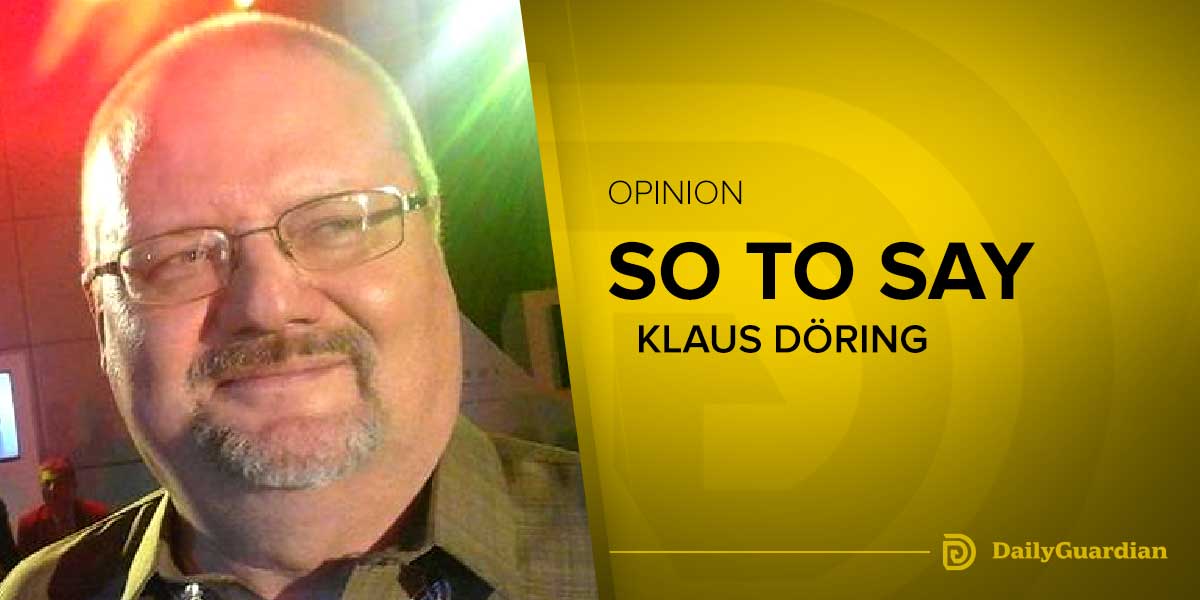 By: Modesto P. Sa-onoy
By: Modesto P. Sa-onoy
July 7 in Maryland was a remarkable Sunday. First, we attended a Catholic Mass and after a hearty American breakfast, we went to the Sunday services at a Lutheran Church where our host is the president of its council. His wife is a Catholic but he joined us at the Catholic Mass.
As we know the Lutheran Church founded by Martin Luther is the first Christian Church in the West to separate from the Catholic faith. Luther was excommunicated as a heretic and stripped of his faculty as a priest. His priesthood cannot be erased since ordination has an indelible or permanent character that cannot be dissolved. He is a priest forever, as his ordination told him.
However through excommunication, a priest can no longer perform a licit act inherent in the priesthood, like offering the Holy Sacrifice of the Mass, hearing confessions and giving absolution and other sacraments. Thus from the Catholic point of view, the Lutherans cannot offer the Holy Eucharist and its most important part, the consecration of the host and the wine for transubstantiation into the Body and Blood of Christ that the faithful receive in Holy Communion.
Naturally, the Lutherans have no Mass but a service of worship where its faithful gather to comply with their obligation to honor the Lord’s Day that according to Catholic liturgical falls on Sundays. Among the Christian churches, only the Seventh Day Adventists observe the Lord’s Day on Saturdays.
This is the first time I attended a Lutheran service. I have attended the “Mass” of the schismatic Aglipayan Church for funerals of friends. The Aglipayan priest follows almost everything that is done in a Catholic Mass, except the sequences of the rituals. The Aglipayans, however, consume all the bread they “consecrated” so that they have no Host in reserve as in Catholic churches.
The Lutheran service was very simple. It consisted of readings, a homily, and communion. The readings are mainly expositions on various topics not necessarily based on the Gospel of that day. Lay leaders read the text already prepared by the pastor so that there was no need for elaboration. That day they had the usual four readings.
After the readings, the pastor delivered his homily, also already prepared and therefore he was able to stick to a particular subject. On that day, the homily was on forgiveness and he did quite well with clear examples worth emulating.
While in a Catholic Mass, the celebrant wears a cassock, a chasuble over it and a stole around his neck, the Lutheran pastor wore only the cassock and the stole that I think also follows the liturgical vestment of the Catholic priest. That Sunday was 14th Sunday in Ordinary Time and the Catholic vestment and stole were green. The pastor also wore a green stole over a white garment.
After the service, there was the communion but there was no consecration of the bread and wine. The Lutheran faithful receive bread and wine from the lay leaders. After the congregation had taken their communion, the pastor knelt down at the communion rail and received communion from a lay leader.
Understandably we did not come forward to receive their communion though I joined in one song I learned in my younger years.
The Lutherans do not believe in the Catholic doctrine on the Holy Eucharist so that their taking of the bread and the wine, like the Aglipayans and other Protestant denominations, are more of a symbol in contrast to the Catholic transubstantiation, the change of the essence or substance of the bread into the Body of Christ and the wine into His Blood. Consequently, the treatment of the bread and the wine is different. In the Catholic Church, only a priest can perform the act of transubstantiation.
Between the readings and the homily is a series of congregational singing, a common practice in Protestant religious services. In the Mass, the singing is intertwined with the liturgy. Unlike in the Catholic Mass where the liturgy is prescribed and followed throughout the world, the Lutheran rite is prepared by the individual pastor. The uniformity of the Catholic liturgy makes it possible for faithful to worship anywhere in the world.
After the service, the faithful gathered for their usual mid-morning snack. We joined them and met the pastor and a few leaders.





















